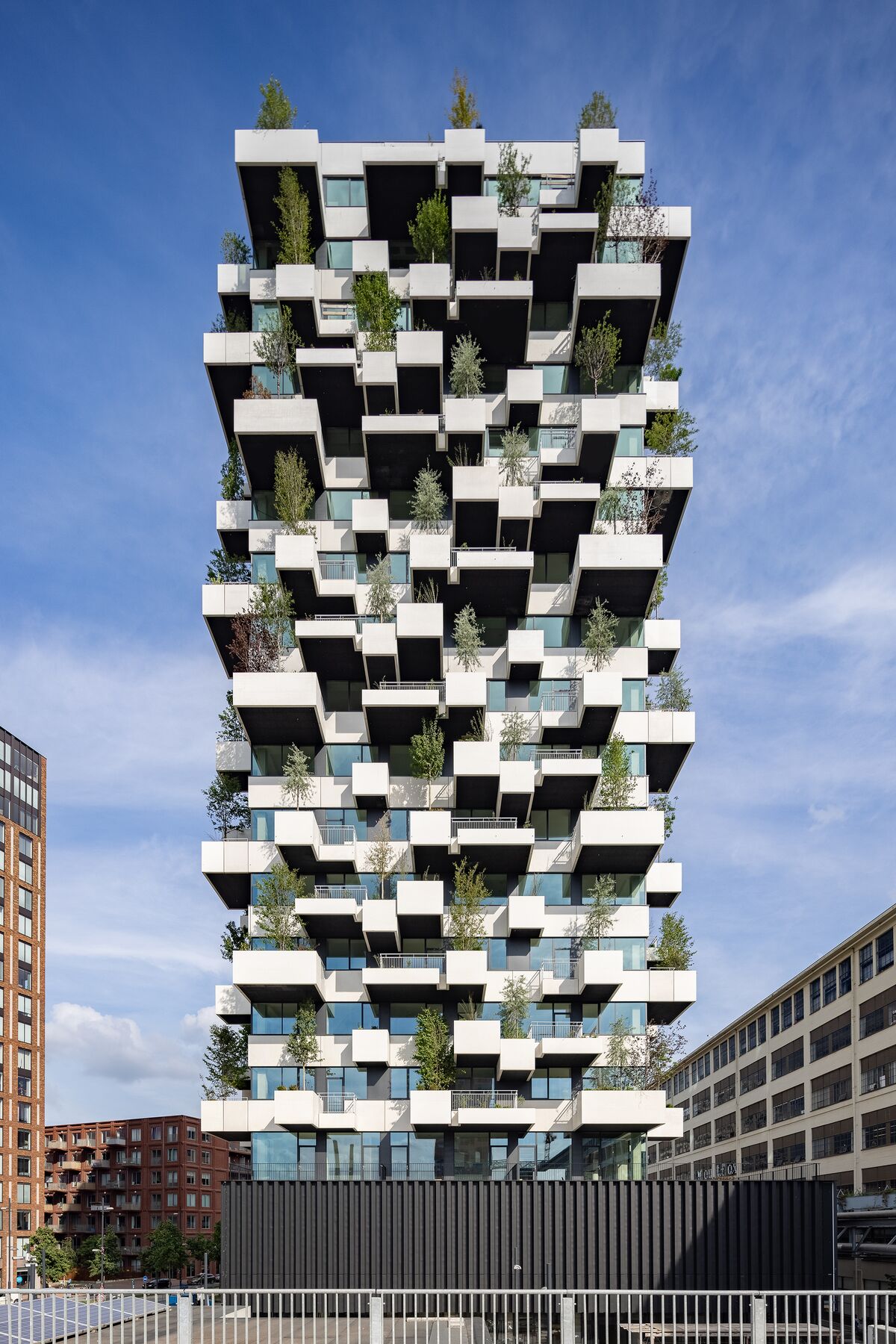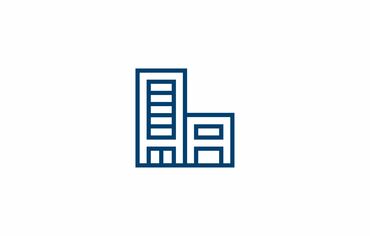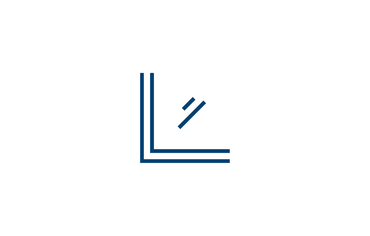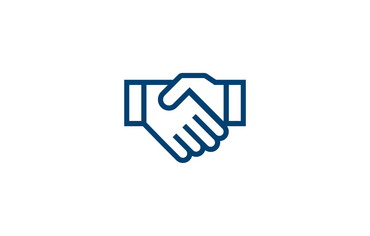Sustainability FAQs
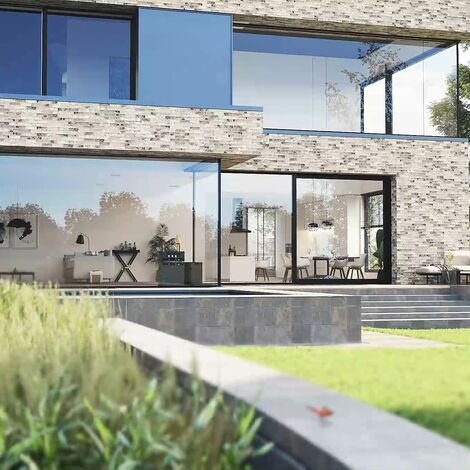






What policies have guided Reynaers sustainability strategy?
Our company values of being #Passionate, #Daring, #Caring and #United underpin the actions and decisions that we take, and these have informed our approach to supporting environmental action. In our sustainability strategy, we follow four pillars - buildings, products, company and people – highlighting how, and in what areas, we can make a change as a company. We are #Daring to make a change by developing innovative products, #Passionate about making a difference in climate change through sustainable building design, #Caring for people and the communities they live and work in, and #United in working together for a better future, including making changes within our company.
Why did you choose the four pillars?
The four pillars of our sustainability campaign are the four ways in which we can make a real difference in helping to cut carbon emissions.
These are:
Let us contribute to more sustainable buildings - Buildings account for 35% of the energy used worldwide and reducing that is integral to reducing carbon emissions. Reynaers will support that by helping to improve the energy efficiency and durability of buildings and offering sustainable solutions.
Let us develop circular products – The extraction of raw materials and associated manufacturing is responsible for 5 to 12% of greenhouse emissions. Making better use of materials and creating circular products can drastically cut this by up to 80%. To support this, Reynaers is increasing the number of Cradle-to-Cradle certified products it offers.
Let us reduce our ecological footprint – Industry has a major role to play in reducing carbon emissions. Reynaers recognises that and will reduce its footprint in its operations, value chain and products.
Let us be a caring company – We care for our people and the environment that they live and work in, protecting the environment makes the world a better place for everyone. We are working to make sustainability second nature within our workforce through increased awareness, making sure that decisions are always made with sustainability in mind.
These are:
Let us contribute to more sustainable buildings - Buildings account for 35% of the energy used worldwide and reducing that is integral to reducing carbon emissions. Reynaers will support that by helping to improve the energy efficiency and durability of buildings and offering sustainable solutions.
Let us develop circular products – The extraction of raw materials and associated manufacturing is responsible for 5 to 12% of greenhouse emissions. Making better use of materials and creating circular products can drastically cut this by up to 80%. To support this, Reynaers is increasing the number of Cradle-to-Cradle certified products it offers.
Let us reduce our ecological footprint – Industry has a major role to play in reducing carbon emissions. Reynaers recognises that and will reduce its footprint in its operations, value chain and products.
Let us be a caring company – We care for our people and the environment that they live and work in, protecting the environment makes the world a better place for everyone. We are working to make sustainability second nature within our workforce through increased awareness, making sure that decisions are always made with sustainability in mind.
How is the company making changes to reduce its carbon footprint?
Our Birmingham office has already seen environmental improvements introduced through multiple energy saving tools, such as motion activated lighting to ensure that lights can’t be left on outside of working hours. At our warehouse we have replaced cladding on the building with 200mm thick mineral fibre panels to improve thermal performance.
In line with recent changes to Part L of the building regulations we have future proofed our products to make sure they comply. We are now working to ensure that all our products meet anticipated lower u-value requirements, which are due to come into effect in 2025. We will continue to cut emissions wherever possible, including using alternative energy and greener vehicles.
In line with recent changes to Part L of the building regulations we have future proofed our products to make sure they comply. We are now working to ensure that all our products meet anticipated lower u-value requirements, which are due to come into effect in 2025. We will continue to cut emissions wherever possible, including using alternative energy and greener vehicles.
How will Reynaers Act make a difference to sustainability?
Reynaers Aluminium UK is committed to taking real, quantifiable measures to make changes to the level of carbon emissions and we have signed up to the Science-Based Targets Initiative to support this. We want our sustainability strategy to be seen, and understood and for the results to be transparent. As a company, we are committed to reducing our direct CO2 by 46% and indirect emissions by 55% by 2030, with a view to reaching net zero in 2050.
Reynaers Act will detail these steps, while digital passports attached to our products will give clear information on their sustainability properties. We will not compromise in making the best choices from an environmental point of view, which includes using less primary aluminium. We want sustainable building design to be second nature and our products will support that. A roadmap put in place by the Government seeks to gradually reduce carbon emissions by 75% in 2025, reaching net zero in 2050. To support this reduction, Part L of the Building Regulations came into force in the UK in June 2022, stipulating window and door frames must have U-values of 1.4 W/(m2 k) in existing dwellings, or 1.6 W/(m2 k) in new dwellings and commercial properties.
Our products have already met the requirements of Part L building regulations, with some products already achieving U-values as low as 0.8 W/(m2 k). As we move towards 2050, we will continue to improve thermal efficiency in line with UK Government targets and identify other ways that we can cut carbon emissions in our processes, products, and value chain to aid building design.
Reynaers Act will detail these steps, while digital passports attached to our products will give clear information on their sustainability properties. We will not compromise in making the best choices from an environmental point of view, which includes using less primary aluminium. We want sustainable building design to be second nature and our products will support that. A roadmap put in place by the Government seeks to gradually reduce carbon emissions by 75% in 2025, reaching net zero in 2050. To support this reduction, Part L of the Building Regulations came into force in the UK in June 2022, stipulating window and door frames must have U-values of 1.4 W/(m2 k) in existing dwellings, or 1.6 W/(m2 k) in new dwellings and commercial properties.
Our products have already met the requirements of Part L building regulations, with some products already achieving U-values as low as 0.8 W/(m2 k). As we move towards 2050, we will continue to improve thermal efficiency in line with UK Government targets and identify other ways that we can cut carbon emissions in our processes, products, and value chain to aid building design.
How will you meet future environmental targets?
Reynaers Act sets out what we will do now, as a company, to meet the current global targets. We will continue to make additional environmentally informed decisions to make a difference wherever we can. We will continue to update targets if further UK or global carbon reduction goals are set. By using digital passports, we will have the flexibility to update product information to reflect any changes.
How will you reduce the carbon footprint of aluminium?
Recycling protects the Earth’s resources and is better for the environment. There is an identified need to increase the availability of recycled aluminium. Carefully choosing components to avoid those that have a negative effect on end-of-life processes will allow us to play a part in optimising recycling and increasing the availability of recycled aluminium by manufacturing more Cradle-to-Cradle certified products.
Reynaers will focus on using low-carbon primary aluminium and recycled aluminium. We have already cut our emissions from 5.16 kg CO2 for each kilogram of sourced aluminium in 2019 to 4.81 kg CO2 in 2021. In 2023, we have already secured an initial supply of low-carbon aluminium so that we can now offer more low-carbon products. We will continue to investigate and secure other strategic solutions to offer more low-carbon products
Reynaers will focus on using low-carbon primary aluminium and recycled aluminium. We have already cut our emissions from 5.16 kg CO2 for each kilogram of sourced aluminium in 2019 to 4.81 kg CO2 in 2021. In 2023, we have already secured an initial supply of low-carbon aluminium so that we can now offer more low-carbon products. We will continue to investigate and secure other strategic solutions to offer more low-carbon products
Want to learn more?
Our sustainability strategy report details how Reynaers will take action to reduce the carbon footprint of our operations by reducing emissions in our business, value chain, products, and the buildings they are used in.
Download our sustainability strategy report

